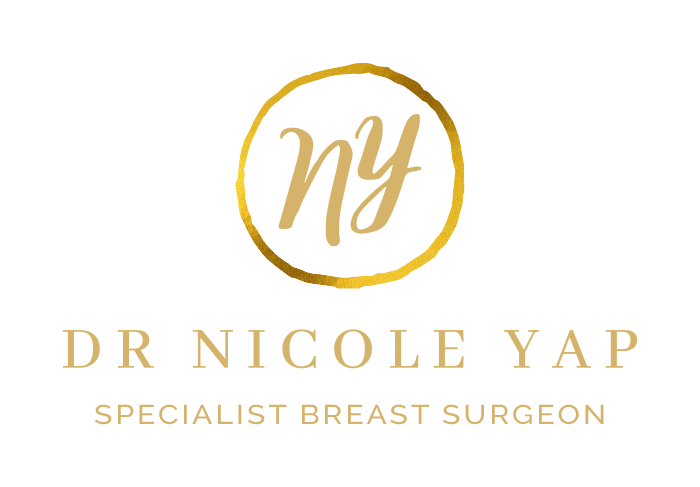Breast Mammogram
What to expect when going for a breast mammogram in Melbourne
There are many modes of breast screening available, but accessibility to those screening methods largely depends on eligibility and circumstance. The most common – or most well known – of these screening methods is the mammogram, which is a low radiation x-ray photograph that doctors use to pick up small changes in breast tissue that they are unable to detect with manual breast screening.
Read our summary of information about breast mammograms below:
How does a mammogram work?
Mammograms are great for detecting the earliest signs of breast cancer, and are commonly used for women who have little or no signs of breast cancer visible. The scanning system works by using a very low level radiation x-ray to take a scan or photograph, usually from two different angles, for a doctor to use to analyse the breast tissue for any signs of concern.
How long does it take?
The process usually takes about 20 Minutes and involves tightly pressing breasts into a brace, which holds the tissue in place while the x-ray photographs are taken. Having a mammogram won’t show what an abnormality is or whether it is cancerous or not, but rather it serves as an indication of where there could be cancer, which will show up as a mass or accumulation in the breast. For this reason mammograms are called a diagnostic scan.
Who is eligible?
In Victoria women who are over the age of 50 can get a free mammogram every 2 years. This is because that age group is in a higher risk profile and therefore the government subsidies these screenings.
Unfortunately mammograms are not recommended for women under the age of 40, as breast tissue is much more dense within that age group, making the screening less effective.
Instead it is recommended for that age group to visit their GP for regular scans, and if there are any concerns to organise the appropriate subsequent tests with their doctor.
In some cases Mammograms are offered to younger women, but usually only in the case of those who have the genetic predisposition to a higher risk of developing breast cancer, which is also known as having the brca gene. Otherwise it is rare for Melbourne breast mammogram clinics to admit younger patients and other arrangements should be made.
What https://www.cancer.org.au/mammogram
https://www.bcna.org.au/breast-health-awareness/breast-cancer-screening/
